How to make an MGMT Kids-style synth sound
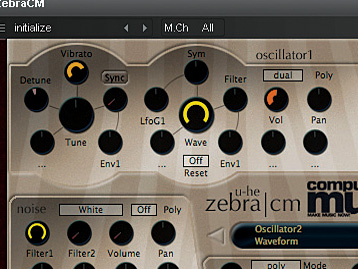
Oscillator settings
Step 1: There is more than one version of the song in question, so we're aiming at something that fits the original mix, but with some of the character of the remix. Fire up ZebraCM (this comes on every Computer Music cover DVD) and stay with the default patch. The Kids lead sounds sort of like a fairground organ, so we'll need to choose different waveforms. Turn Oscillator 1's Wave knob up to full (or nearly so), and Oscillator 2's up to 13.90.
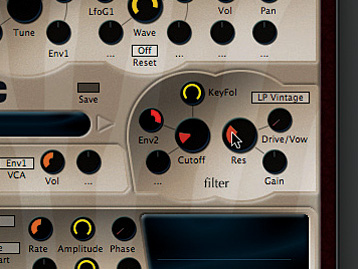
Filter tweaks
Step 2: Audition your patch by playing it in the upper octaves, in keeping with the song’s melody. The overall timbre is OK, but we need to get that filter in on the act. Set the filter’s mode to LP Vintage, sweep the Cutoff to 27 and put the Resonance to 32. The filter still sounds wide open - that’s because it’s being modulated. We can fix that.
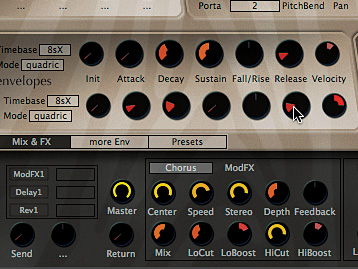
Filter envelope
Step 3: Reduce the filter’s envelope Amount to around 60. Now let’s look at that filter envelope. Set the Attack to 12.50 and the Decay to 23. The Sustain should be all the way down. Try the sound. Now we’re getting somewhere! The filter envelope provides an attack similar to that of the patch in the song.
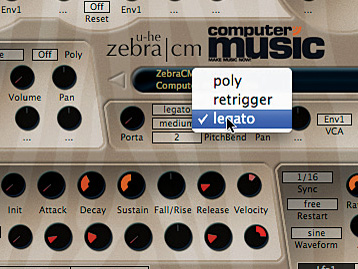
Going legato
Step 4: This dynamic attack transient doesn’t happen with every note in the song. That’s because the envelopes don’t always retrigger. To achieve this effect, switch the keyboard mode from Poly to Legato. Play some notes in a tied-together legato style to hear what we mean. This is a common way to add expression to synth sounds.
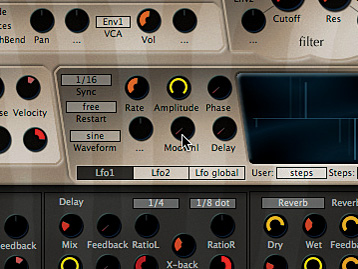
LFO adjustments
Step 5: There’s some subtle vibrato on the notes in the lead sound. It doesn’t come in right away, but appears after the notes have been held. We can do this with ZebraCM’s LFO. Currently, the LFO is set up so that it only comes in if the mod wheel is played. That’s no good for us, so turn LFO1’s ModWhl knob all the way down.
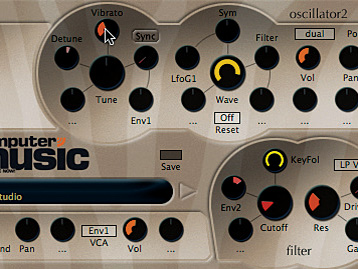
Finishing off
Step 6: Next, turn the LFO’s Delay knob up to about 31. Play and hold a note. You should hear the LFO come in after a bit. There’s a little too much vibrato, so reduce each oscillator’s Vibrato amount to between 40 and 48. Now try the riff from the song. That’s pretty close! Fine-tune to taste and tweak to perfection.
Liked this? Now read: How to sound like a pro artist in your DAW

Computer Music magazine is the world’s best selling publication dedicated solely to making great music with your Mac or PC computer. Each issue it brings its lucky readers the best in cutting-edge tutorials, need-to-know, expert software reviews and even all the tools you actually need to make great music today, courtesy of our legendary CM Plugin Suite.









